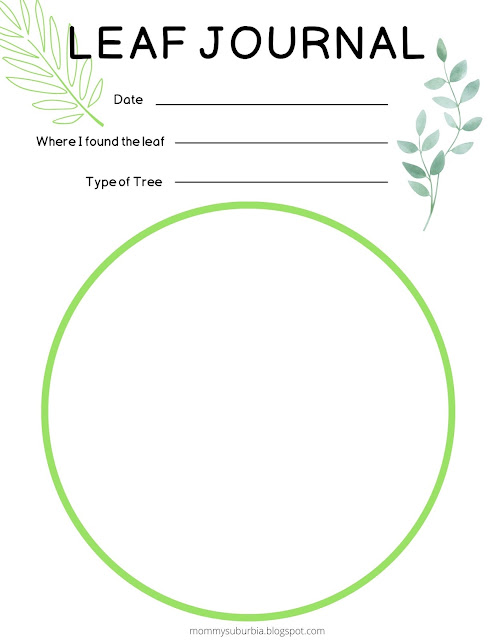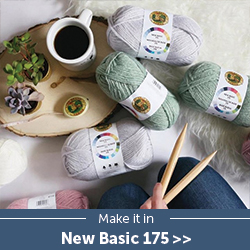We recently re-painted our living room in a totally new color palette. Because of this, I was feeling the need for some new wall art that would better match the new wall colors.
As I scoured the internet I was inspired by all of the latest dip-dyed macrame wall hangings I was seeing all over Pinterest but knew they were WAY out of my budget!
But....maybe I could make my own! How hard could a little DIY wall art project really be? Come to find out - NOT hard at all!
Well, I'm excited to share with you today my final wall art project and the steps I took to make it in an easy-to-follow tutorial.
This post contains affiliate links which means if you click on a link and make a purchase I may receive a small commission at no additional cost to you. For more information please see my disclaimer page. Thanks!
Easy DIY Dip-Dyed Yarn Wall Art
What I really liked about all of the dip-dyed fiber wall art I was seeing online was the natural, organic, textured look each piece has and that no two are alike! At first, I just couldn't imagine how someone would go about making something so amazing - it looked really hard, and to be honest it intimidated me a little.
Also, I had a hard time finding good clear tutorials on how to make a dip-dyed wall hanging but my desire to make something like what I was seeing online won over my fear and I got to work planning out my project.
What Is Dip-Dyed Fiber Art
Before I get to the tutorial it might be helpful to explain what exactly a dip-dyed yarn wall hanging is. Simply put this is a type of art that uses yarn or macrame cording that is dipped into fabric dye to color sections of the yarn or cord.
These pieces of yarn or cord are then secured onto a strip of wood like barn wood, wood furring strip, driftwood, or another kind of wood. The lengths of dyed yarn or cord hang from below the wood creating an abstract piece of decorative art once hung on a wall.
Display Ideas
Since this project can be scaled to fit almost any size space you can hang it up just about anywhere in your home. I hung mine in my living room as a piece of wall art.
This type of wall art could also be hung above your bed as a minimalist headboard piece or on a large empty wall in a stairwell. If you wanted to create a gallery look you could make several smaller pieces and hang them together in a pattern on a wall in your home.
A dip-dyed wall hanging would also look amazing in a nursery or child's room if you made it using cheerful bright colors. Just make sure not to hang it within reach of a crib or child's bed - safety first!
How To Make A Dip-Dyed Yarn Wall Hanging
Today I'm going to share with you how to make a dip-dyed fiber art wall hanging and reassure you that it is not hard at all - anyone can do this. Gather up your supplies from the supply list and follow along with my step-by-step instructions to make your own unique DIY dip-dyed wall art.
By the way, I've included links to the products I used to make it easy for you to make your own dip-dyed wall hanging.
Supplies:
super bulky yarn or macrame cord (4mm)
Rit DyeMore synthetic liquid fiber dye (color of your choice)
plastic gloves
large buckets (gallon ice cream buckets work well)
rubber bands
plastic drop cloth or large plastic garbage bag
wood board (2"-3" wide x desired length)
hand saw (optional)
miter box (optional)
sandpaper
water-based paint (optional)
wide brush paint brush
wood stain (optional)
water-based spray sealer (optional)
foam applicator brush
saw tooth picture hanger
ruler
pencil
staple gun & staples
Step-by-Step
Dip-Dyed Yarn Wall Art Tutorial
The Wood
Step 1 - Cut your wood board to the size you want. I just used a hand saw and a miter box to cut my piece of wood. My wood is a piece of scrap wood I had on hand which measured 1" x 4" x 24". After cutting the wood sand it down to get remove any rough edges. If you don't have any tools at home, don't worry because many hardware stores like Lowe's and Home Depot will be happy to cut a board to the size you need right at the store.
Step 2 - I wanted my wood to have an aged, barn-wood look so I stained the wood first and once it was dry I dry brushed white paint over the stain and then lightly sanded some spots to give it an even more worn-out aged look.
This is a totally optional step that you can customize to fit your style. Whether you paint the wood a coordinating color to your room decor or stain it just remember to let it dry completely before adding any yarn to it.
After the paint or stain is dry spray a coat of sealer over the wood and then let it dry.
The Yarn
Step 3 - Time to work on the yarn! The amount of yarn you need for this project depends on several factors - the length of your wood board, the thickness of the yarn (I used this one), and the length you want your yarn strands to be all help determine how much yarn you will need.
To get a rough idea of the amount of yarn needed I suggest you cut a few pieces of yarn to the desired length you want the pieces to hang then on the back of the wood you prepared earlier mark off a 1" section.
Place the cut pieces of yarn/cord right next to each other within this 1" section filling it up and making sure none of the pieces are overlapping.
Count how many pieces you needed to fill this section then multiply the total pieces needed by the number of inches across on your wood board. Make sure to add about 20-40 more pieces to your final calculated number for a little bit of wiggle room.
It is ok if your yarn does not stop and start right at the ends of your wood strip. I actually left a 1/2" empty space at the ends of the wood board before I started attaching the yarn strips.
Now that you know how many strands of yarn you need and what length you want your project to be it is time to start cutting! This will take FOREVER so make sure to turn on your favorite show and start binge-watching while you measure and cut.

Tip - to prevent a big snarl of yarn, once you cut the strips keep them spread out length-wise with the ends even.
Dip-Dying Process
Step 4 - Because of the large number of yarn strips for my project, I found it helpful to divide the strips into two separate bundles. I chose to dye the center portion of the yarn strips so in order to do this to all of the yarn strips I folded each bundle of yarn in half and then put a rubber band around the middle of the yarn bundle eyeballing where I wanted to apply the dye.
For extra measure (this is totally optional) I wrapped the rubber band with a piece of masking tape before dying.
(I forgot to take a picture before dying the yarn so if you happen to notice that the picture above shows yarn that is already dyed....that is why! Sorry!)
I really liked using the Rit DyeMore color dye for this project. I used a different dye on my first attempt and the colors were not as vibrant as the Rit brand dye. If you are using a synthetic yarn make sure to use the Rit DyeMore synthetic liquid dye.
Prepare the dye in the plastic bucket according to the instructions on the box or at Ritdye.com. Don't forget to wear your plastic gloves... unless you want colorful fingers!
Step 5 - Dip each yarn bundle into the bucket of dye up to where you rubberbanded the bundle. Let the yarn soak for as little or long as you want. The longer you soak it the darker and more vibrant the color so if you want a subtle color variation don't let it soak very long.
If you are just dying one end of the yarn and not the middle you would do the exact same steps from above but just dip the ends of the yarn into the dye.
Run each bundle under running water to rinse out the extra dye then lay your dyed bundle of yarn flat on a piece of plastic drop cloth or on top of a plastic trash can liner.
If you hang up the wet yarn it will drip and those drips will stain anything they come into contact with....trust me I am speaking from experience here. Allow the yarn bundles to dry completely before you take off the rubber band.
Attaching The Yarn To The Wood
Step 6 - Flip the wood board over so the back is facing up. Begin placing the yarn strips along the length of the board about 1/2" from the edge. I found it best to place 3 or 4 strands of yarn on the board and then use a staple gun to secure them to the board. Repeat this over and over until all of the space along the edge of the board is full.
Tip - run your fingers through the strands of yarn attached to the board to prevent any tangles!
Step 7 - Attach saw tooth picture hangers to each side of the board along the back of the wood. If your wood board is 12" or shorter you will only need 1 saw tooth hanger.
Congratulations, you are all done making a dip-dyed yarn wall hanging! Arent' you proud of your hard work? I'd love to know what color yarn and dye you used for your project. And don't forget to tell me where are you going to hang your new piece of art?
Be sure to follow me here or on Pinterest for more inspiring ideas!
More DIY Projects
Check out these easy DIY projects you will love:



















.jpg)







.jpg)


.jpg)











.jpg)



.jpg)


